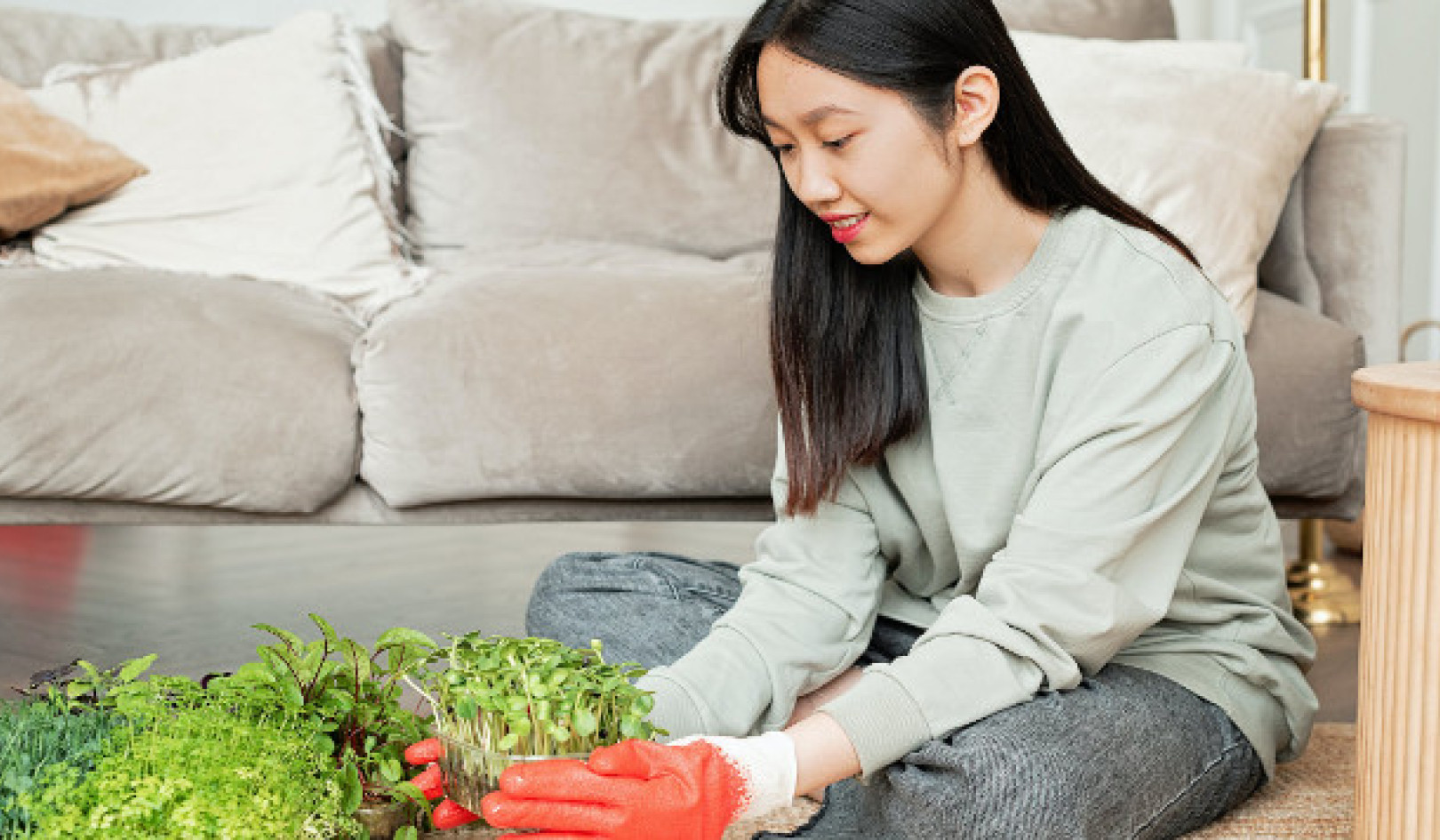Have you heard the saying “water is life?” Well, it’s true.
Water is an essential nutrient. Our body cannot produce sufficient water to live, so we need to consume water through food and fluids to survive.
Maintaining hydration is one of the most fundamental components of good health. But lots of people don’t like drinking plain water much. The good news is there are many other healthy ways to help you stay hydrated.
Why hydration is important
Water is vital for many aspects of body functioning. About half our blood is “blood plasma”, which is over 90% water. Blood plasma is essential for carrying energy, nutrients and oxygen to the cells in the body that need it most. Water helps to remove waste products via the kidneys. It also helps keep joints lubricated, the digestive system functioning, the body’s temperature controlled and skin plump and strong.
If you don’t consume enough water, you may experience symptoms of dehydration such as headaches, dizziness, tiredness, low concentration, constipation and a dry mouth. Being severely dehydrated increases the risk of kidney stones and urinary tract infections.
If you feel thirsty, it means your body is already mildly dehydrated, so make sure you pay attention to what your body is telling you.
How much fluid do you need?
The amount of fluid we need changes as we age. Relative to our body weight, our needs decrease. So, a newborn baby has higher fluid needs (per kilogram body weight) than their parent, and older adults have lower fluid needs than younger adults.
Fluid requirements are related to metabolic needs and vary from person-to-person. The normal turnover of water in adults is approximately 4% of total body weight per day. So, for example, if you weigh 70 kilograms, you’ll lose about 2.5 to 3 litres of water a day (not including sweating). This means you will need to consume that amount of water from food and drinks to maintain your hydration.
Eight cups (or two litres) a day is often mentioned as the amount of water we should aim for and a nice way to track your intake. But it doesn’t account for individual variation based on age, gender, body size and activity levels.
Alcohol is a diuretic, which means it dehydrates the body by promoting water loss through urine. This fluid loss is a key factor that contributes to the severity of a hangover. Always have a glass of water in between alcoholic drinks to help stay hydrated.
Caffeinated drinks (like tea and coffee) only have a mild diuretic effect. For most healthy adults, it’s okay to consume up to 400 mg of caffeine a day – that’s about four cups of coffee or eight cups of tea. If you drink more than this, it may impact your hydration levels.
To check your specific requirements, check out the Australian guidelines for fluid intake.
People who should take extra care
Some people are at greater risk of the harmful health effects from dehydration and need to pay special attention to their fluid intake.
The highest priority groups are babies, young kids, pregnant women, and older adults. These groups are at greater risk for many reasons, including relatively higher water needs per kilo of body weight, reduced ability to detect and respond to symptoms of dehydration, and barriers to consuming fluids regularly.
Family and friends can play an important role in supporting loved ones to maintain hydration, especially during warm weather.
Ten ideas for keeping fluids up
-
Download a water reminder app on your phone This will help keep you on track during the day and give you digital “high fives” when you hit your water goals.
-
Add sugar-free flavouring Try a sugar-free fruit infusion in your water to make it more appealing. Prepare a jug in the refrigerator and infuse it overnight so it’s chilled for you the next day. Fill it up and take it everywhere with you!
-
Add some fresh fruit Add some slices of lime, lemon, berries, pineapple or orange to your water bottle for some natural flavouring. If the bottle is kept in a fridge, the fruit will stay fresh for about three days.
-
Make a jug of iced tea (not the bottled stuff) There are many great sugar-free recipes online. Tea contributes to fluid intake too. For green and black teas, brew in boiling water then cool overnight on the bench before refrigerating. Fruit teas can be made using cold water immediately.
-
Add a dash of cordial to your water A small amount of cordial in your water is a healthier alternative to drinking a sugar-sweetened soft drink or fruit juice. Diet cordials have less added sugar again.
-
Make a fruit ‘slushie’ Combine fresh fruit, ice and water at home in the morning and sip to increase your fluid intake for the day.
-
Buy a soda maker for your home Some people find plain water tastes better with bubbles. Sparkling mineral water is great too, as long as there is no added sugar or sweeteners.
-
Before you eat anything, have a glass of water Make it a rule with yourself to have a glass of water before every snack or meal.
-
Eat water-rich fruits and vegetables Many fruits and vegetables have a high water content. Some of the best include berries, oranges, grapes, carrots, lettuce, cabbage, spinach and melons. Keep a container full of cut-up fruit to snack on in your fridge.
-
Use a water bottle Take it with you during the day and keep it by your bed overnight
A tip on water bottles
Water bottles are everywhere and sometimes seem to offer emotional support as well as hydration.
Having a water bottle you enjoy using can go a long way in helping you keep up your fluids during the day.
Pay attention to the material of the water bottle and use one that helps you form good habits. Some people prefer metal water bottles as they can keep water cooler for longer (others feel like they are camping). Some prefer glass bottles because the water isn’t affected by any flavours from the container (others fear breaking the glass).
Consider the practical aspects, too: Will it fit in your bag? Will it be light enough to carry with you? Can you “chug” on it when you’re exceptionally thirsty? Does the lid require screwing? How durable is it in preventing leaks? Do some homework on your water bottle, an essential accessory!
 About The Authors
About The Authors
Lauren Ball, Professor of Community Health and Wellbeing, The University of Queensland and Emily Burch, Dietitian and Researcher, The University of Queensland
This article is republished from The Conversation under a Creative Commons license. Read the original article.
Related Books:
The Body Keeps the Score: Brain Mind and Body in the Healing of Trauma
by Bessel van der Kolk
This book explores the connections between trauma and physical and mental health, offering insights and strategies for healing and recovery.
Click for more info or to order
Breath: The New Science of a Lost Art
by James Nestor
This book explores the science and practice of breathing, offering insights and techniques for improving physical and mental health.
Click for more info or to order
The Plant Paradox: The Hidden Dangers in "Healthy" Foods That Cause Disease and Weight Gain
by Steven R. Gundry
This book explores the links between diet, health, and disease, offering insights and strategies for improving overall health and wellness.
Click for more info or to order
The Immunity Code: The New Paradigm for Real Health and Radical Anti-Aging
by Joel Greene
This book offers a new perspective on health and immunity, drawing on principles of epigenetics and offering insights and strategies for optimizing health and aging.
Click for more info or to order
The Complete Guide to Fasting: Heal Your Body Through Intermittent, Alternate-Day, and Extended Fasting
by Dr. Jason Fung and Jimmy Moore
This book explores the science and practice of fasting offering insights and strategies for improving overall health and wellness.




























